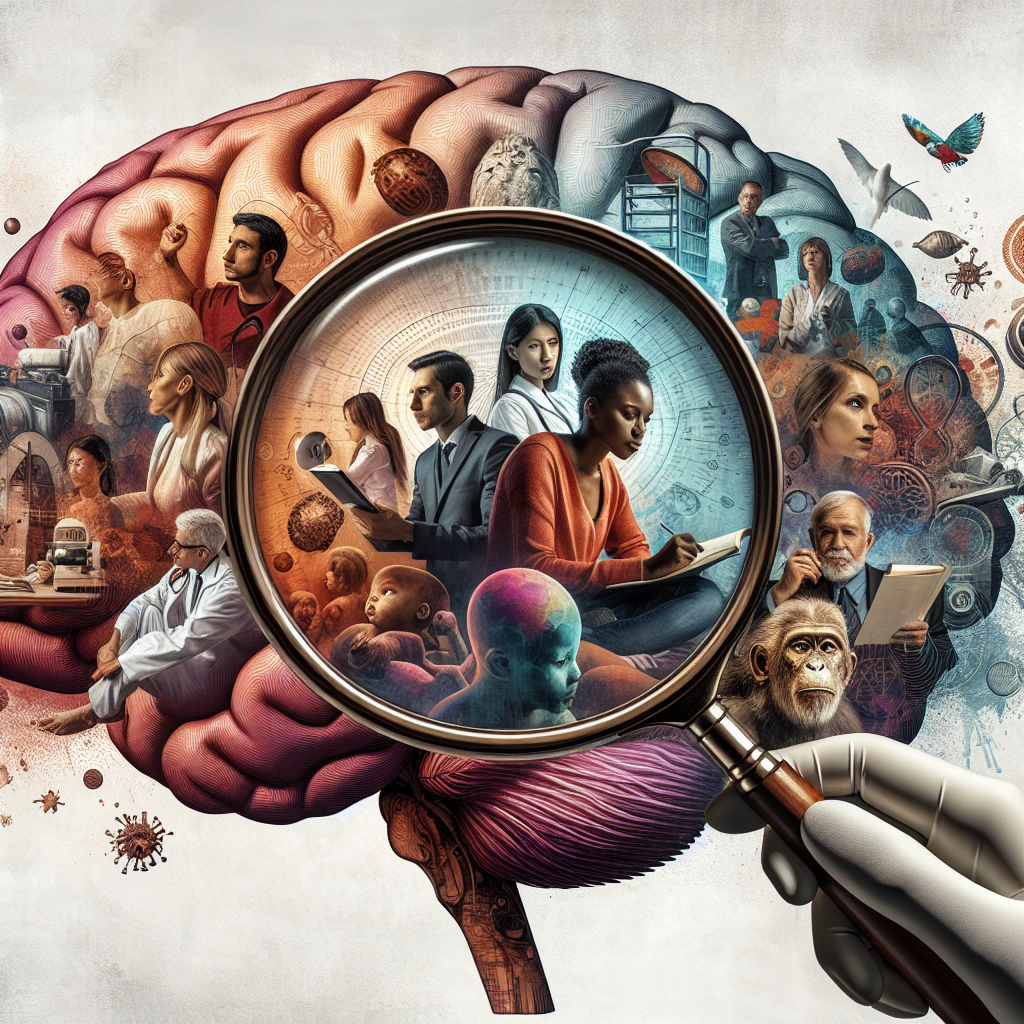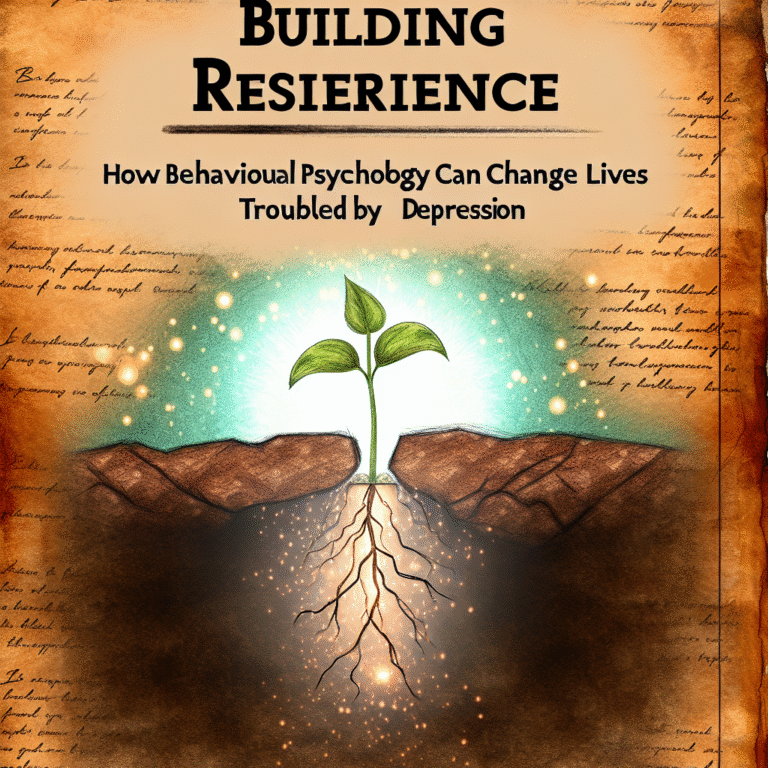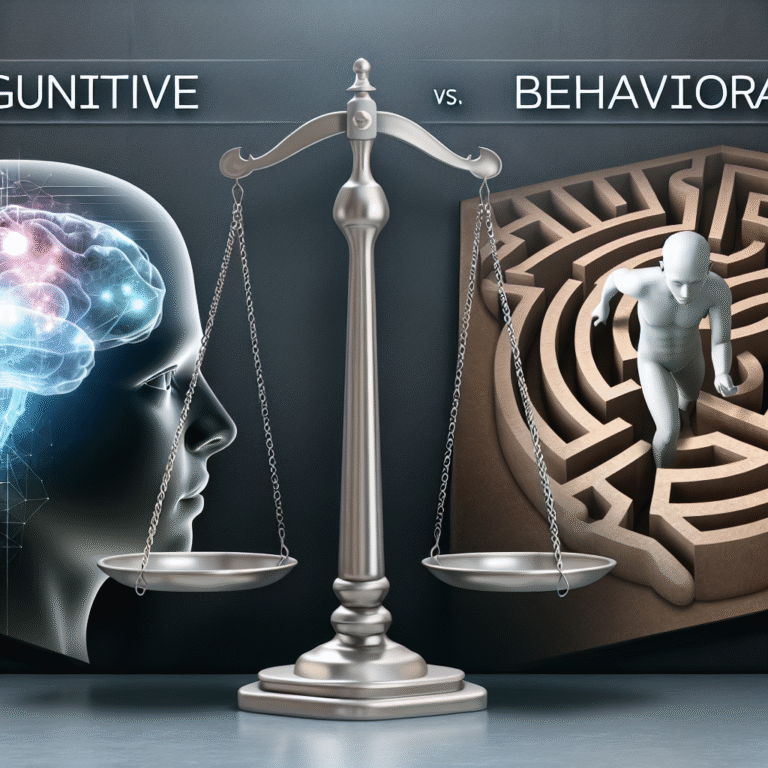
Human Behavior Unveiled: Essential Case Studies That Redefine Our Understanding
Introduction
Human behavior is a complex and intricate tapestry woven with countless threads of biology, culture, psychology, and personal experience. Every day, we encounter situations that reveal how our thoughts and actions shape our lives and the world around us. Understanding human behavior is not just an academic pursuit; it is crucial for personal development, improving relationships, and enhancing our communities. In this exploration, we delve deeply into "Human Behavior Unveiled: Case Studies That Redefine Our Understanding." By analyzing significant case studies, we unlock the secrets of why we behave the way we do, thereby equipping ourselves with tools for improvement and empathy.
The Importance of Studying Human Behavior
Understanding human behavior is essential for several reasons:
- Enhances Relationships: Insights into human behavior foster better communication and empathy in personal relationships.
- Informs Policies: Governments and organizations can create better policies by understanding social behavior.
- Promotes Personal Growth: Self-awareness leads to personal and professional development.
- Guides Marketing Strategies: Marketers utilize behavioral insights to always enhance customer experiences.
By examining case studies, we gain a context-rich understanding of the principles that underlie human behavior.
Case Study 1: The Bystander Effect
The bystander effect is a social psychological phenomenon where individuals are less likely to offer help to a victim when other people are present. This principle was notably illustrated in the tragic case of Kitty Genovese in 1964, where a young woman was murdered in New York City while numerous witnesses failed to intervene or even call the police.
Analysis of the Bystander Effect
The Kitty Genovese case revealed critical insights into human inaction and diffusion of responsibility. When more people are present, individuals assume someone else will act, leading to collective inaction. This case study not only exposes an alarming aspect of human behavior but also opens discussions about the importance of personal responsibility in social dynamics.
Table 1: Key Elements of the Bystander Effect
| Element | Description |
|---|---|
| Diffusion of Responsibility | The perception that others will help, leading to inaction. |
| Social Influence | Individuals look to others to gauge how to react. |
| Evaluation Apprehension | Fear of social judgment affects willingness to act. |
Human Behavior Unveiled Through Social Experiments
Case Study 2: The Stanford Prison Experiment
Conducted by Philip Zimbardo in 1971, the Stanford Prison Experiment involved college students taking on the roles of guards and prisoners. Within a short period, the participants assumed these roles, leading to abusive behavior from the guards and psychological distress among prisoners.
Relevance of the Stanford Experiment
This case study is pivotal in understanding situational vs. dispositional behavior. It solidifies the argument that context heavily influences behavior. Zimbardo’s findings highlight the potential for ordinary people to engage in extraordinary wrongdoing when placed in the right (or wrong) circumstances.
Chart 1: Behavioral Changes Noted in the Stanford Prison Experiment
| Day | Guards’ Behavior | Prisoners’ Response |
|---|---|---|
| Day 1 | Passive authoritative roles | Compliance |
| Day 3 | Increasingly aggressive | Rebellion and emotional distress |
| Day 6 | Dehumanizing treatment | Severe mental breakdowns |
Case Study 3: The Marshmallow Experiment
The Marshmallow Experiment, conducted by Walter Mischel in the late 1960s, tested self-control in preschool children. The children were given a choice: eat one marshmallow now or wait 15 minutes to receive two.
Insights from the Marshmallow Experiment
The long-term follow-up revealed that the ability to delay gratification had a significant correlation with better life outcomes, including academic success, health, and wealth.
Table 2: Delayed Gratification Outcomes
| Outcome | High Self-Control Group | Low Self-Control Group |
|---|---|---|
| Academic Success | Higher scores | Lower scores |
| Health | Better health practices | Poorer health |
| Wealth | Greater financial success | Greater debt |
Human Behavior in the Digital Age
Case Study 4: The Facebook Experiment
In 2012, Facebook conducted an experiment to study the impact of emotional content on user engagement. Users’ News Feeds were manipulated to show either positive or negative posts, revealing significant changes in the users’ subsequent posts and emotional states.
Analysis of Digital Influence
This case study illustrates how social media can influence human emotions and behaviors. It raises ethical questions about data manipulation and emphasizes the profound effect of online environments on real-world emotions.
Conclusion
Understanding human behavior through these insightful case studies allows us to redefine our perceptions. Whether it’s the bystander effect, situational influences on behavior, the value of self-control, or the impact of digital environments, we see that our actions are often deeply influenced by context and social dynamics. "Human Behavior Unveiled: Case Studies That Redefine Our Understanding" offers not only insights into the past but also strategies for more conscious living in the present.
Embrace these insights, apply them in your life, and strive to understand not only your behavior but also others’ actions. This understanding enhances empathy and creates a more supportive world.
FAQs
1. Why is understanding human behavior important?
Understanding human behavior is crucial for improving relationships, informing policies, promoting self-awareness, and designing effective marketing strategies.
2. What is the bystander effect?
The bystander effect is the phenomenon where individuals are less likely to help someone in need if other people are present, due to the diffusion of responsibility.
3. What were the main findings of the Stanford Prison Experiment?
The Stanford Prison Experiment found that situational factors can lead ordinary people to commit acts of cruelty, showcasing the power of context in shaping human behavior.
4. How does the Marshmallow Experiment relate to success in life?
The ability to delay gratification, as demonstrated in the Marshmallow Experiment, correlates with better life outcomes like academic success and health.
5. How does social media influence human behavior?
Social media platforms can significantly impact users’ emotions and behaviors by curating content that can alter perception and emotional state, as shown in the Facebook Experiment.
By engaging with these case studies, we not only unveil the complexities of human behavior but also empower ourselves to act with greater understanding and compassion.
















